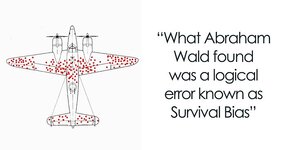sbaker0029
WKR
https://www.narescue.com/clearance/st-patricks-day-loksak-o-gold.html
This is a damn good price on these kits, even if you just pick them apart to supplement other kits.
This is a damn good price on these kits, even if you just pick them apart to supplement other kits.





